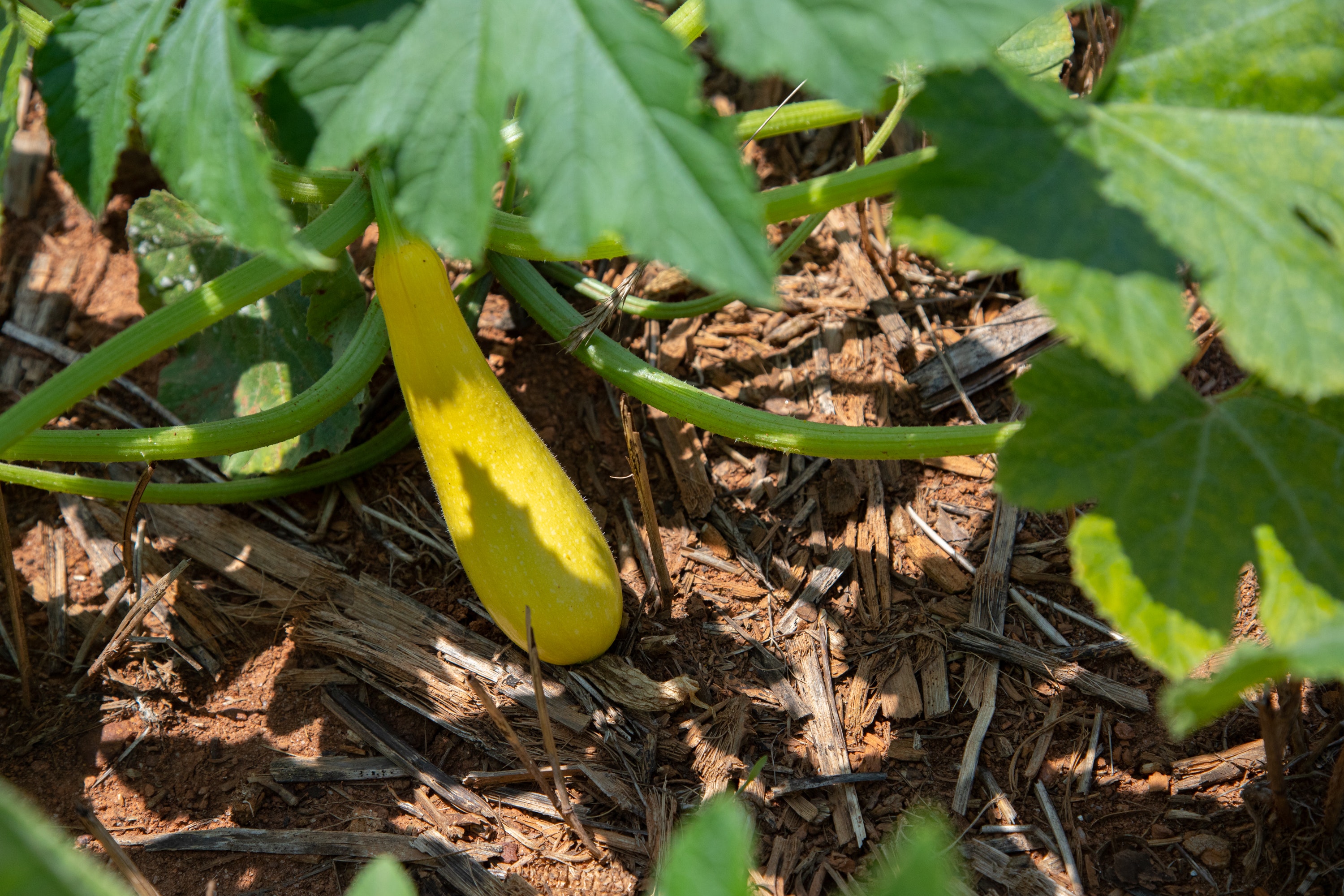
I love their diversity in the garden and their versatility in the kitchen. Some are two-toned, some have striations or ridges, some have bumps and some are smooth and perfectly round. There are hundreds of cultivars available to home gardeners, in shades of vibrant green, sunny yellow and creamy white. Most varieties grow from seedling to flower in 40–50 days with squash reaching harvestable size less than two weeks later. Unlike winter squash that takes upwards of three months to mature fully on the vine, summer squash is harvested at an immature stage, before it has a chance to develop hard seeds and a tough skin. Summer squash ( Cucurbita pepo) is an all-encompassing category that includes crookneck, zucchini, pattypan and globe varieties that develop on bushy plants with large lobed leaves held high on sturdy stems. I beat it and you can too, but first let’s take a closer look at this quintessential summertime crop. However, if you have been afflicted by this pest, you don’t have to give up on homegrown squash. Countless gardeners share my frustration with the squash-vine borer, and many have even abandoned growing squash altogether. Ultimately the plant declines into a sad, droopy heap of yellowing leaves, while the squirming larva exits the stem, pupates in the soil and emerges the following year as a moth in search of a mate and - you guessed it - squash plants. Protected from the elements and hidden from sight, it grows into a bulging larval progeny, devouring the inside of the stem and disrupting the flow of water and nutrients, causing the leaves to reach a point of wilting, from which they cannot recover.


And she or a relative might come back the next day and lay some more, one single egg at a time.Įach egg hatches into a creamy white borer that is so tiny you’ll hardly notice until it has eaten its way into the stem, leaving a pile of sawdust-like frass at the entry site. Then she looks for another perfect spot - that may or may not be in the vicinity of the first egg or even on the same plant - and lays another. The adult moth flutters around squash plants until she finds the perfect spot along the stem or under a leaf to deposit a single round, brown egg, not much larger than a pinhead. The disclaimer, if you haven’t already guessed, is this: as long as your plants are not attacked by the squash-vine borer, the vile spawn of an innocent-looking and rather attractive orange-and-black moth. The seeds are big, they germinate in less than a week, they grow fast and as long as plants are healthy, they will keep producing for weeks. Summer squash is one of the easiest and most productive vegetables that can be grown in a garden. What I am about to write comes with a major disclaimer.


 0 kommentar(er)
0 kommentar(er)
